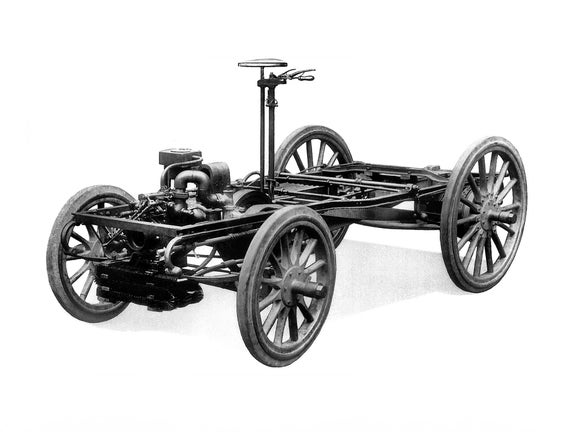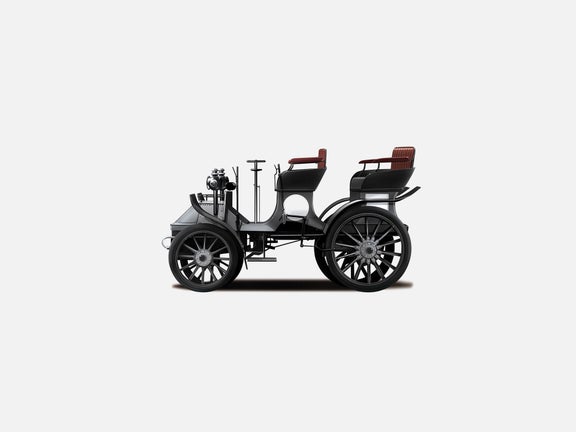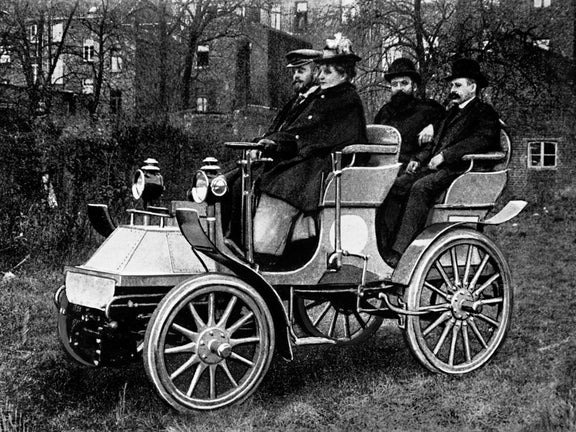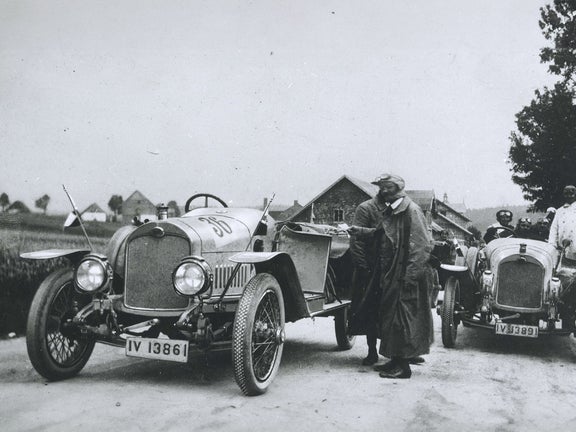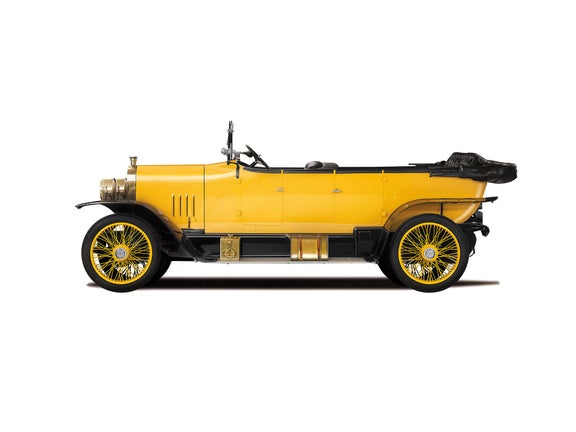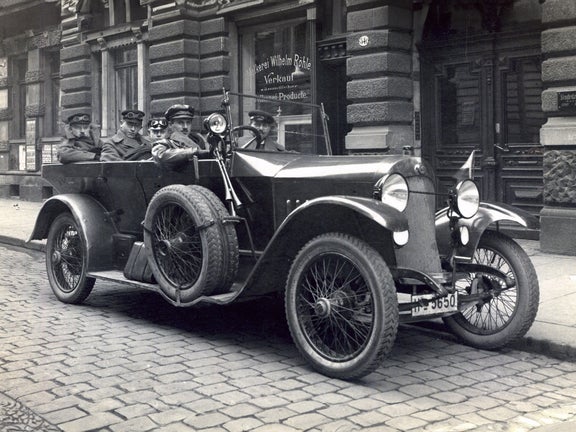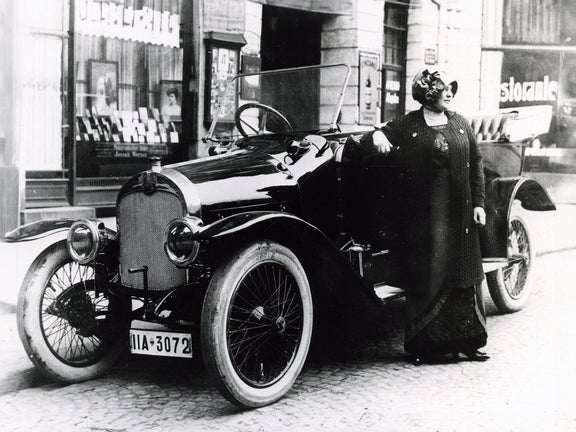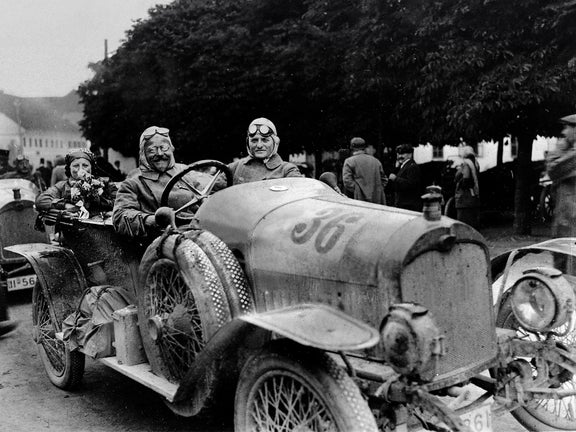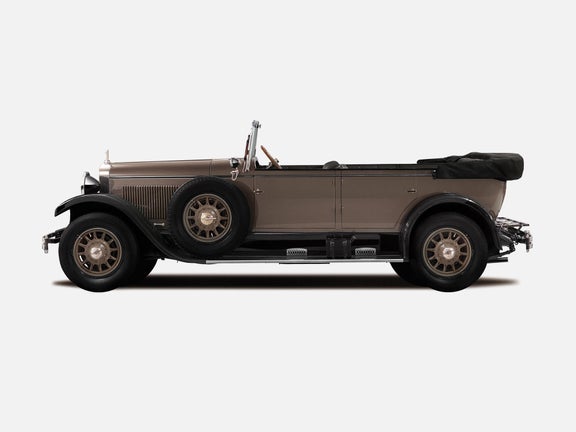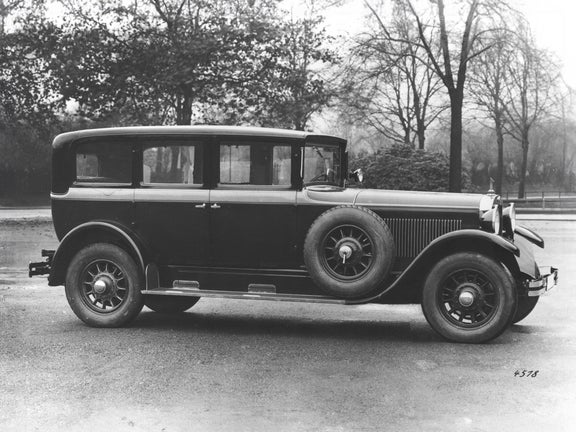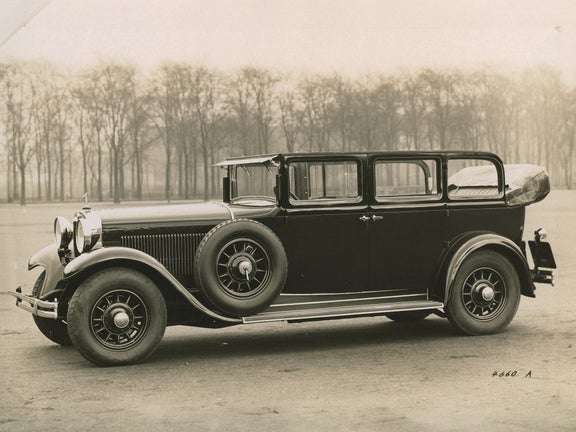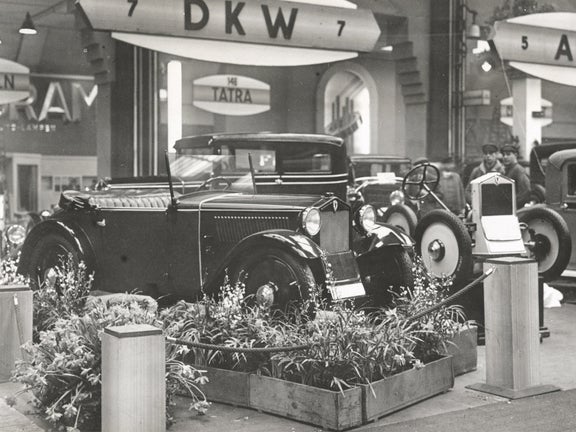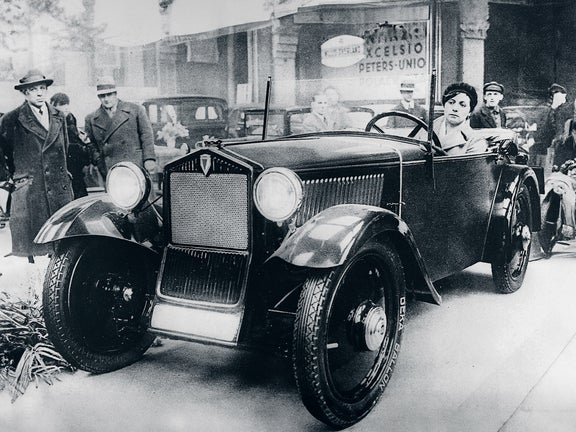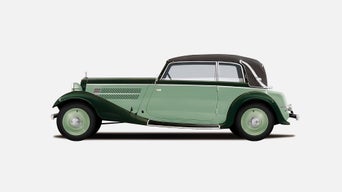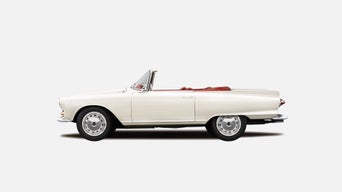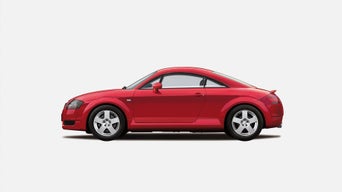
The beginnings
At the beginning of the 20th century, the motorcar began its triumphant advance as a means of private transport. At first, it was sold in small numbers to adventurous enthusiasts, and later to the financially strong upper classes. It was only gradually that smaller vehicles began to win out over the strong competition from motorized two-wheelers.
The Horch No. 1 (1900-1901)
More details
Horch No. 1:
- Engine: Petrol engine, 2 cylinders with one combustion chamber
- Power output: 4.8–5 PS
- Top speed: 30–32 km/h
Audi Type C Alpine Champion (1911-1925)
More details
Audi 14/35 PS Type C:
- Engine: Petrol engine, 4 inline cylinders
- Displacement: 3,562 cm³
- Power output: 35 PS at 1,700 rpm
- Top speed: 80–90 km/h
- Length/width/height: 4,280/1,650/1,500 mm (Phaeton)
- Unladen weight: 1,300 kg (Phaeton)
Audi Type R Imperator (1927-1929)
More details
Audi 19/100 PS Type R Imperator:
- Engine: Petrol engine, 8 inline cylinders
- Displacement: 4,872 cm³
- Power output: 100 PS at 3,300 rpm
- Top speed: 120 km/h
- Length/width/height: 5,160/1,780/1,930 mm
- Unladen weight: 2,100 kg (Pullman saloon)
DKW Front F 1 (1931-1932)
More details
DKW Front F 1:
- Engine: Two-stroke petrol engine, 2 inline cylinders, transversely mounted
- Displacement: 580 cm³
- Power output: 18 PS at 3,800 rpm
- Top speed: 75 km/h
- Length/width/height: 2,900/1,300/1,250 mm
- Unladen weight: 450 kg (roadster, three-seater)
